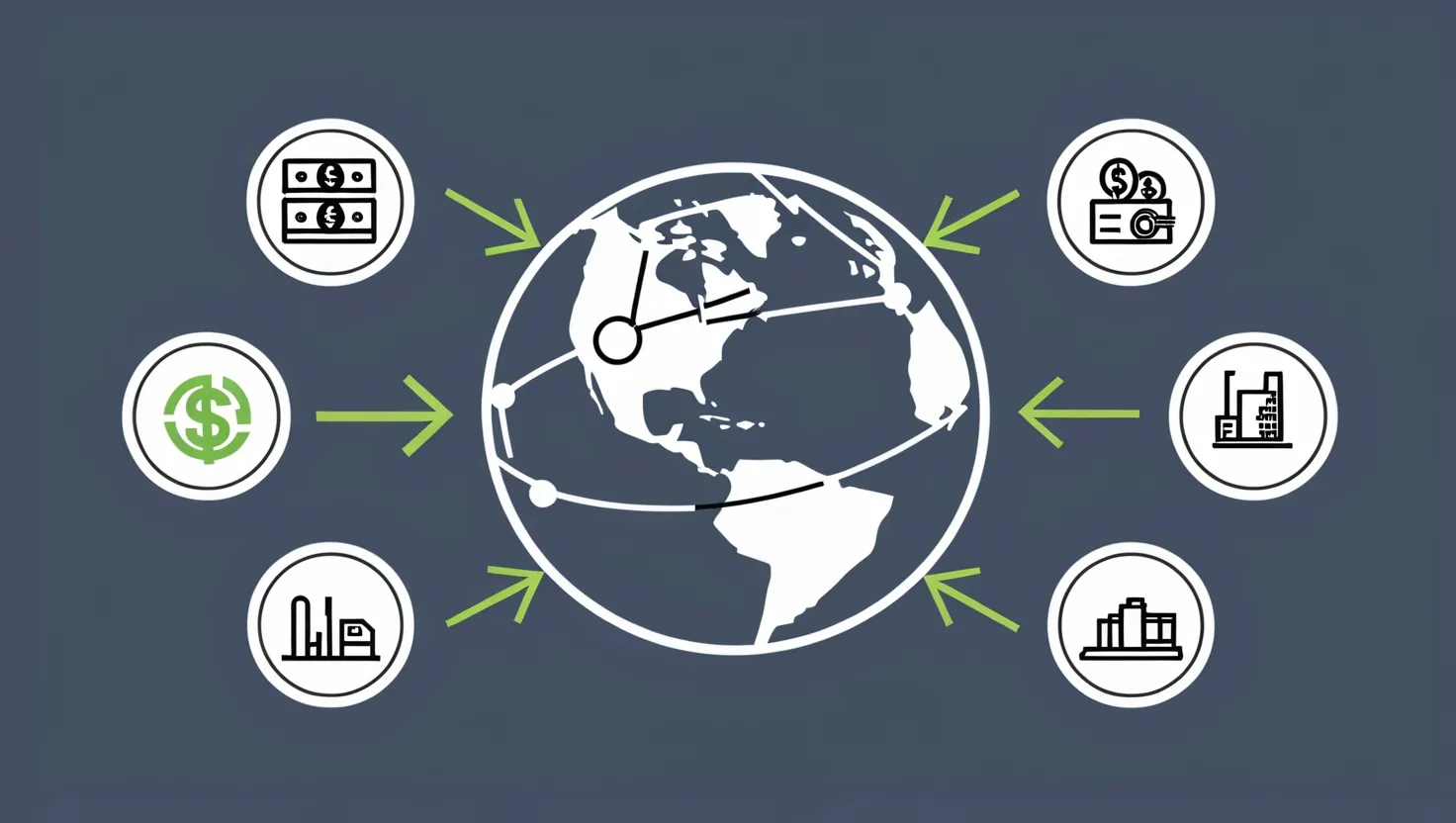In the rapidly evolving business landscape, the role of the Chief Financial Officer (CFO) is undergoing a significant transformation, driven largely by the integration of artificial intelligence (AI). This shift has given rise to a new breed of financial leader: the "Algorithmic CFO." This article follows the journey of Priya, a traditional CFO who embarked on a path to revolutionize her company's financial processes using AI tools.
The Journey Begins
Priya, like many CFOs, was initially skeptical about the potential of AI in finance. Her days were filled with traditional financial reporting, budgeting, and risk management. However, as she delved deeper into the capabilities of AI, she realized that it could be a game-changer. The first step for Priya was to understand how AI could enhance her team's efficiency and decision-making.
Predictive Analytics and Cash Flow Forecasting
One of the most significant impacts of AI on Priya's role was in predictive analytics, particularly for cash flow forecasting. By leveraging AI algorithms, she could analyze vast amounts of historical data, market trends, and external factors to generate highly accurate financial forecasts. This wasn't just about predicting numbers; it was about making informed decisions that could drive the company's growth. For instance, AI helped Priya identify seasonal fluctuations in cash flow and anticipate potential shortfalls, allowing her to make proactive adjustments in resource allocation.
AI-Driven Risk Assessment
Risk management is a critical aspect of any CFO's job, and AI has significantly enhanced this area. Priya implemented AI-powered tools that could analyze transactional data to identify patterns indicative of fraudulent activities. These tools continuously learned from new data, adapting to increasingly sophisticated fraud schemes. This real-time monitoring not only minimized potential financial losses but also preserved the company's reputation. Moreover, AI algorithms helped in identifying operational risks by analyzing data from various sources, enabling Priya to develop proactive risk mitigation strategies.
Enhanced Decision-Making
The integration of AI provided Priya with real-time financial reporting and analytics, which were instrumental in making timely and actionable decisions. AI-generated insights allowed her to access accurate financial information quickly, enabling better forecasting and planning. For example, during a quarterly earnings review, AI algorithms could process data from revenue, expenses, and market trends to generate comprehensive reports on financial performance, cash flow, and profitability. This level of detail and accuracy was unprecedented and gave Priya a competitive edge in strategic decision-making.
Challenges in Integration
While the benefits of AI were clear, integrating these systems into existing financial infrastructure was not without its challenges. Priya faced issues with compatibility, data integration, and ensuring seamless communication between AI tools and existing systems. She realized that most CFOs lack the technical skill set to analyze and integrate these systems, so she decided to hire an external IT team to handle the technical aspects. This move was crucial in overcoming the initial hurdles and ensuring a smooth transition.
Ethical Considerations
As Priya delved deeper into AI, she encountered ethical considerations that were both complex and critical. Data security and privacy were at the top of her list. Ensuring that the AI systems were secure and compliant with regulatory standards was paramount. She also had to address issues like algorithmic bias and the potential for AI to generate ungrounded or misleading information, a phenomenon known as "hallucinations." To mitigate these risks, Priya implemented robust data security measures, promoted ethical AI practices, and ensured that her team was well-versed in the ethical implications of AI-driven decision-making.
Evolving Skill Set
The integration of AI necessitated a significant shift in the skill set required for finance leaders. Priya recognized that her team needed to be upskilled to manage and utilize AI effectively. This involved investing in training programs that focused on AI and data analytics. She also hired professionals with expertise in these areas to complement her existing team. The goal was to create a workforce that could harness the power of AI while maintaining the human oversight necessary for ethical and strategic decision-making.
Leading by Example
Priya's journey was not just about adopting new technology; it was about leading by example. She fostered a culture of innovation within her organization, encouraging her team to embrace data-driven decision-making. By setting clear KPIs and measuring the success of AI initiatives, Priya ensured that the entire finance function was aligned with the company's overall business goals. She also led by example in negotiating better terms and conditions using market data acquired from AI, streamlining due diligence in mergers and acquisitions, and advancing forecasting and investor relations.
The Future of Financial Leadership
As Priya looked to the future, she realized that the role of the CFO was evolving into something more dynamic and tech-savvy. The Algorithmic CFO was not just a title; it was a mindset that combined traditional financial acumen with cutting-edge technology. This new breed of financial leader was equipped to drive strategic initiatives, enhance decision-making, and propel their organizations towards greater efficiency and innovation.
In this new landscape, Priya understood that agility, cost control, and strategic growth were essential. AI and good data were the keys to achieving these goals. By building a strong data foundation, breaking down data silos, and investing in the right technology, Priya positioned her company for long-term success in a rapidly changing market.
Personal Touches and Lessons Learned
Priya's journey was filled with lessons learned and personal touches that made the transition smoother. She recalled the initial skepticism of her team and the need to communicate the benefits of AI clearly. She also remembered the first time they successfully used AI to detect a potential fraud, which was a turning point in their adoption of the technology.
One of the most significant personal touches was the way AI transformed her relationship with data. Priya no longer saw data as just numbers; she saw it as a powerful tool that could drive insights and decisions. This shift in perspective was not just about technology; it was about how she approached her role as a CFO.
Conclusion
The emergence of the Algorithmic CFO marks a new era in financial leadership. It is an era where technology and traditional acumen blend seamlessly to drive innovation and efficiency. For Priya and many other CFOs, this journey is not just about adopting AI; it is about leading a transformation that sets their organizations apart in a competitive and rapidly evolving market.
As we look to the future, it is clear that AI will continue to play a pivotal role in shaping the finance function. The key to success lies in embracing this technology while maintaining the ethical and strategic oversight that only human leaders can provide. The Algorithmic CFO is not just a title; it is a symbol of a new generation of financial leaders who are ready to harness the power of AI to drive their organizations towards unprecedented success.






